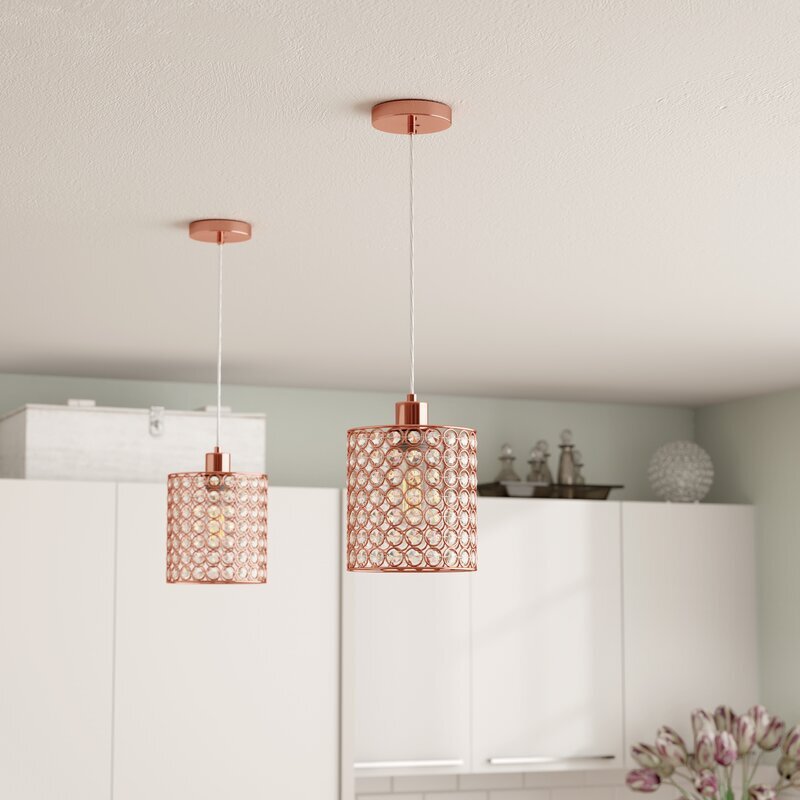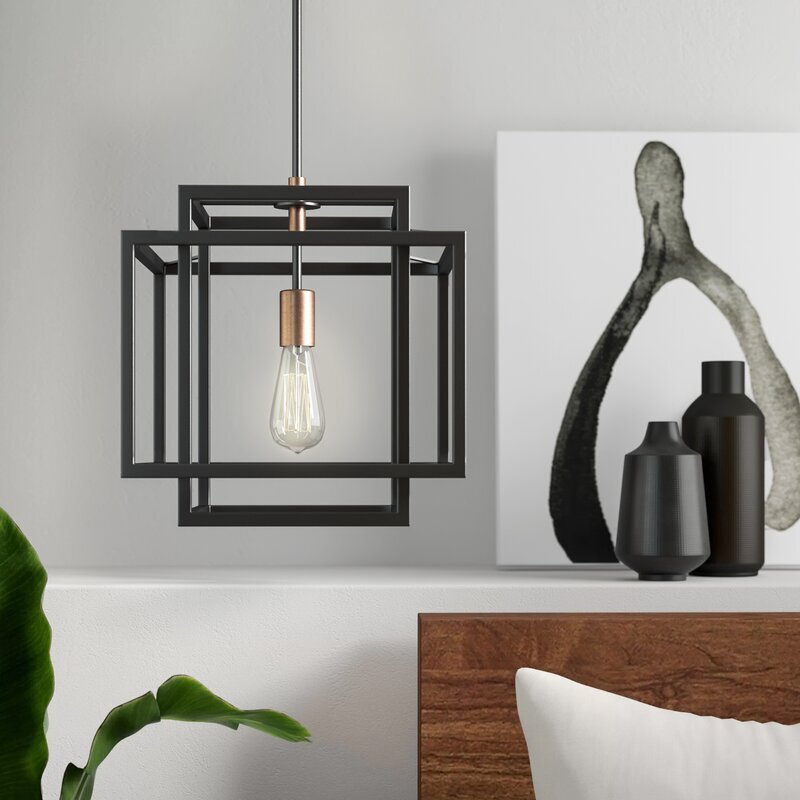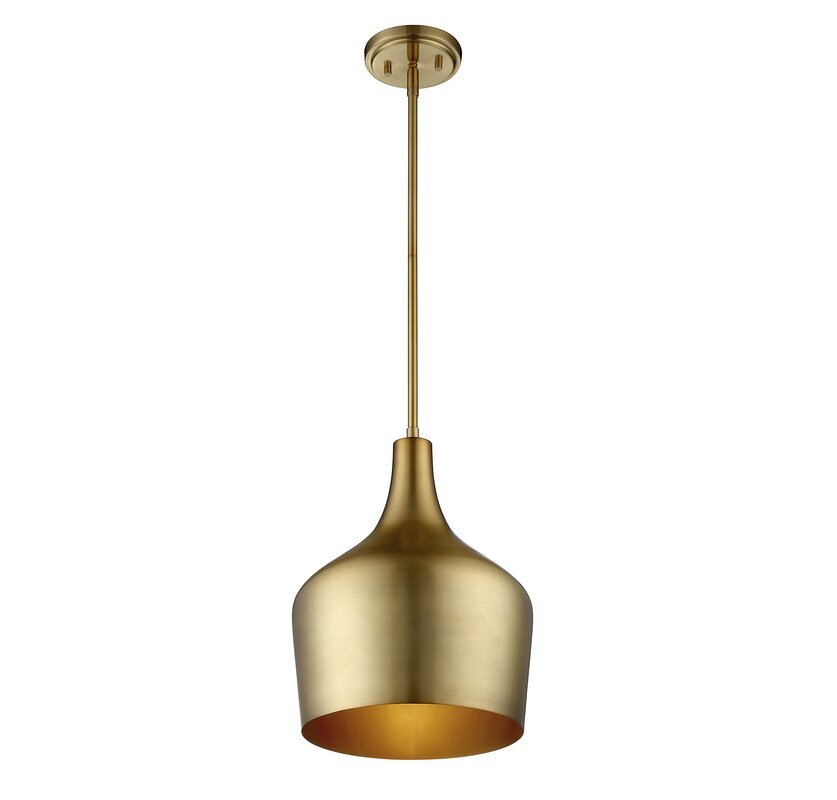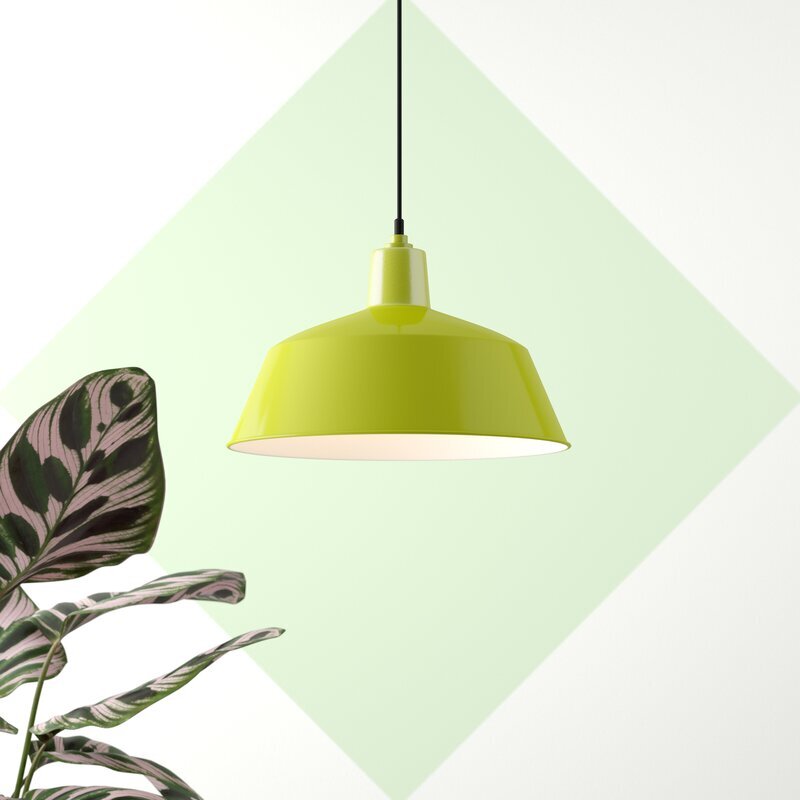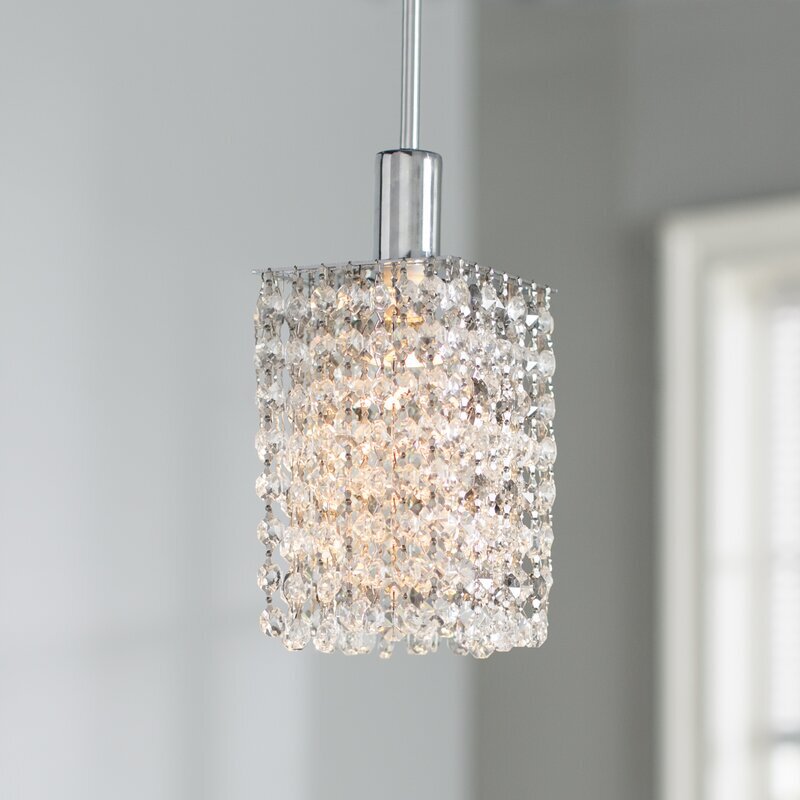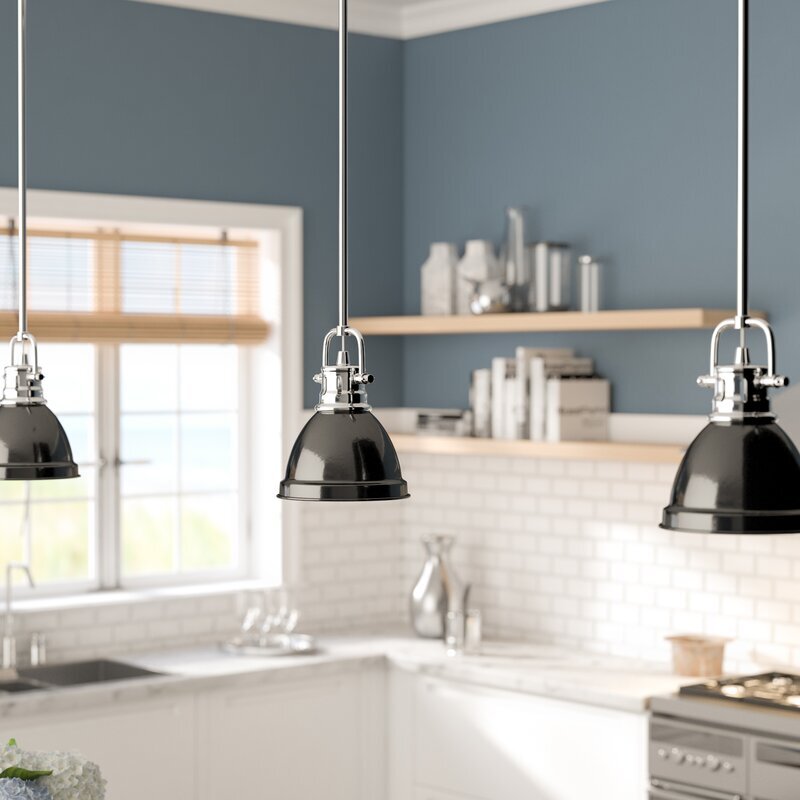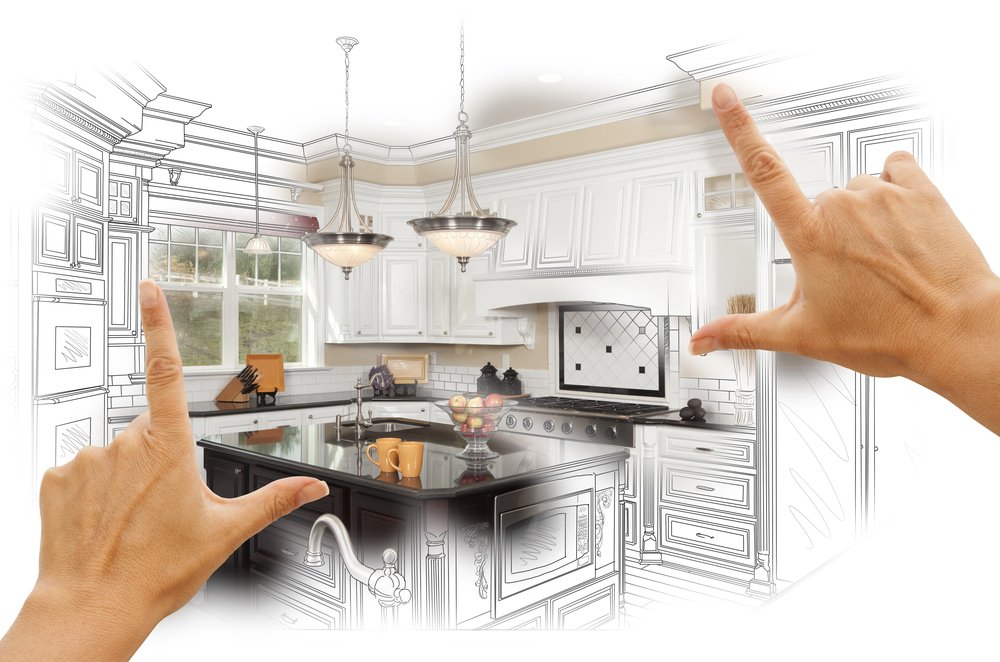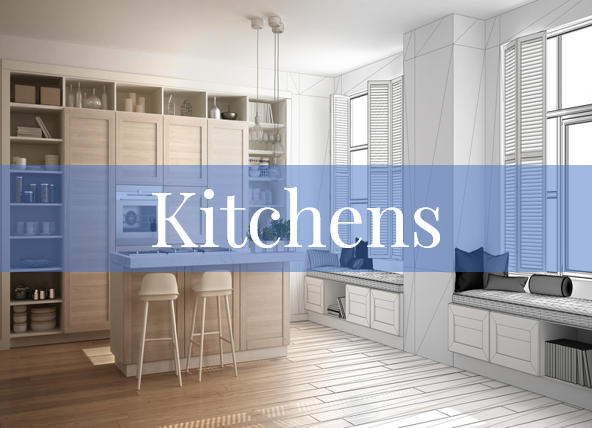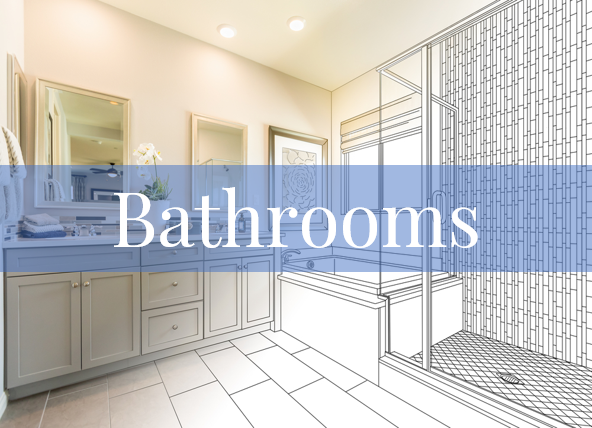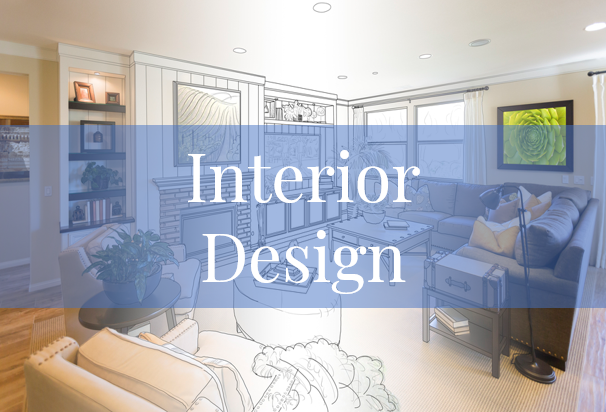Lighting Solutions for Your Kitchen
/Recently, kitchens have become multi-purpose rooms and really are the heart of the home. Kitchens are not just used for meal prep but are also being used for homework, list-making, eating family meals, and as a home office. Having the right lighting in a kitchen can be key to both function and décor. We explore the different types of lights you can have in a kitchen and how best to use each.
The right lighting can make a big difference in your kitchen, even without doing a big kitchen renovation. It can make a statement, brighten up your kitchen, be a focal point, or even add a little bling here and there. Lighting can make or break a kitchen, so don’t skimp on quantity or quality!
Prefer to listen?
3 Types of Lighting
There are three types of lighting, and it’s best to have a mixture of all three in your kitchen.
Ambient lighting, or general lighting, is the most basic of the three types. This is the base lighting in a room and can be natural lighting from windows or lighting that substitutes for natural lighting, such as ceiling-mounted lights or recessed lighting.
Task lighting is lighting that increases the illuminance to better accomplish a task. Sometimes ambient lighting can be reduced because task lighting produces focused lighting where it is needed most.
Accent lighting focuses on a particular area or object. Accent lighting can create visual interest in a room. Wall sconces are an example of accent lights. However, in a bathroom, wall sconces on either side of a mirror above a vanity can also be considered task lighting. Track lighting in a living room directed at a piece of art on the wall is called accent lighting.
Learn more here: Types of Lighting—When and Where to Use Each
Ambient Lighting—LED pot lights
Let’s start with ambient lighting for your kitchen. One of the most popular types of ambient lighting we install for our clients is LED pot lighting. LED pot lights are typically available in 3000K, 4000K, and 5000K. Each type of lighting will create a different look in your home, and colours will even look different under each. Warm light, which typically looks yellowish, is 3000K, while cool white light is 4000K. 5000K is closer to natural light and typically has a bit of a bluish tinge.
We always recommend that pot lights be put on dimmer switches so you can control how bright they are. When prepping or cooking, you will want them on full brightness, but you can turn them down considerably while eating or entertaining in an adjacent room.
Depending on the size of your kitchen, you will need 4–8 LED pot lights. It will also depend on how much other lighting you have in your kitchen. A very small kitchen will do fine with just four pot lights. If you have a larger kitchen with an adjacent breakfast area, eight pot lights spread out over the area will provide plenty of general lighting.
Pot lights should be spaced 3 to 5 feet apart for the best effect. We typically use 4" LED pot lights, but pot lights come in many different sizes, shapes, and colours of trim. If you want the recessed lights to blend with your ceiling, white is the best option (assuming your ceiling is painted white). If you want them to stand out a little, consider square pot lights in brushed nickel or even matte black.
Ceiling-Mount Lights
Another type of ambient lighting we sometimes use is ceiling-mounted lighting. Some of our clients find recessed lighting too clinical and nondescript. Ceiling-mounted lights can be very stylish and add to the décor of the room. If you have a really small kitchen, sometimes one ceiling-mounted light with three bulbs can be enough, but in an average-sized kitchen, it is better to have a few lights spread throughout the kitchen, which will allow you to light up high-use areas. Install dimmers to control the brightness.
In some areas of the kitchen, you might consider semi-flush-mount lights. These can be quite effective at adding some interest to the kitchen. These are best used over a breakfast area but can also be effective in the work space of your kitchen, provided your ceiling isn’t too low. As these hang a bit lower (typically 10"–12" from the ceiling), ensure you place them far enough away from the cabinets that the doors won’t hit them when opened.
Task Lighting—Cabinet Lights
Task lighting is extremely important in a kitchen. Undercabinet lighting is the most common type of task lighting. This type of lighting allows work surfaces and cabinets to be properly illuminated. When you are prepping meals, undercabinet lighting is particularly effective.
We typically use LED puck lights or strip lighting. A light valance will be required in order to "hide" the undercabinet lights. An integrated light valance is a gorgeous way to completely hide the lights while adding a nice decorative touch to the cabinets. This will cost more than just a light valance, but it is well worth it.
Integrated undercabinet lighting looks striking and becomes an integral part of the cabinet
Cabinet lights can also be considered accent lighting. We often put LED puck lights inside of glass-front upper cabinets that display decorative items or collectibles. These lights draw attention to and emphasize the items inside the cabinet.
Undercabinet lights can also be mood lighting (accent lights). Our clients will often turn the undercabinet lights on as a "night light" when entertaining or even relaxing in an adjacent room. Dimmers help control the brightness of the lights.
Don’t forget about the sink!
A pot light above the sink ensures there’s plenty of light for doing the dishes.
Another location where we often install task lighting is over the sink. An LED pot light or relatively short pendant light works well here. Be careful not to hang a pendant light too low, as you will hit your head on it when washing dishes. We recommend a separate switch to control this light, as it’s not always a light you will need to have turned on.
Island and Peninsula Lighting
Our Newcastle clients layered all three types of lighting with pot lights, undercabinet lighting, and island lighting.
If you have an island or peninsula in your kitchen, this is one area where you want to ensure you install some decorative lighting that will function as both task and accent lighting while effectively adding to the décor of the kitchen.
The type and quantity of pendant lights will be determined by how you are using your island. Is there a sink on your island? Is there a large work surface? Or is the island more for hanging out when you have company or your family is waiting for dinner?
If your island is more of a place to work, you will want lots of task lighting and potentially larger pendant lights. If your island is more for hanging out, mini pendant lights that serve as accent lights will be more appropriate.
As a rule of thumb, pendant lights over an island or peninsula should be hung 30"–35" above the countertop. If you’re only installing two larger pendant lights, find the centre of your countertop and place your pendant lights 30 apart on either side of the centre (assuming your island is large enough for that). The pendants should be a minimum of 6" from the edge of the island. If you’re planning on three pendant lights, space them an equal distance apart from each other, ensuring they are still 6" from the edge of the island.
Be Creative with Pendant Lighting
There are so many options when it comes to pendant lights.
• You can go for glam by selecting a pendant light in white and gold, or even a pure rose gold pendant light.
• Matte black is hugely popular in faucets, bathroom shower controllers, and light fixtures.
• Consider a bold colour for your pendant lights that can add a jolt of energy and some fun.
• What about matching the colour of your pendant lights to the colours in your backsplash?
• Add a little crystal bling to your pendants with a chandelier-style fixture.
• If you’ve got stainless steel appliances, consider mixing metals with a brass pendant light.
• Opt for a linear suspension light, but hang it 40" above the counter.
Selecting the right lighting for your kitchen can create a beautiful space for you and your family. Layers of different types of lighting will help you make the most of the space in your kitchen and allow you to enjoy every task you complete there, whether it’s meal prep or office work. Be bold! Be creative! Make the space your own!
Do you need some help with the lighting in your home? Book an appointment where we can review your plans and make suggestions of what will work in your home. Book an appointment now.









